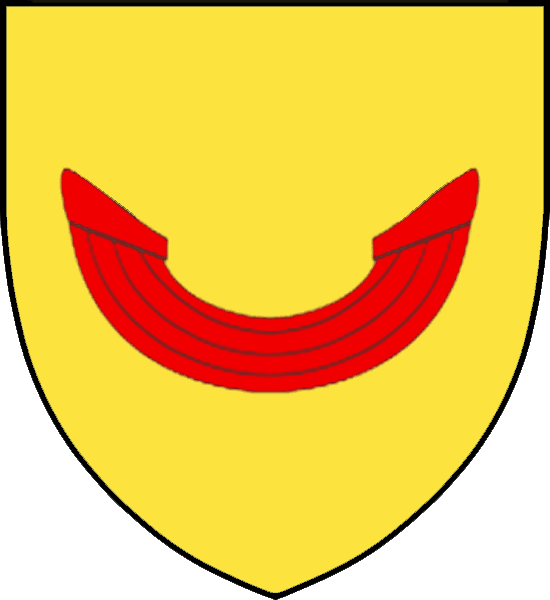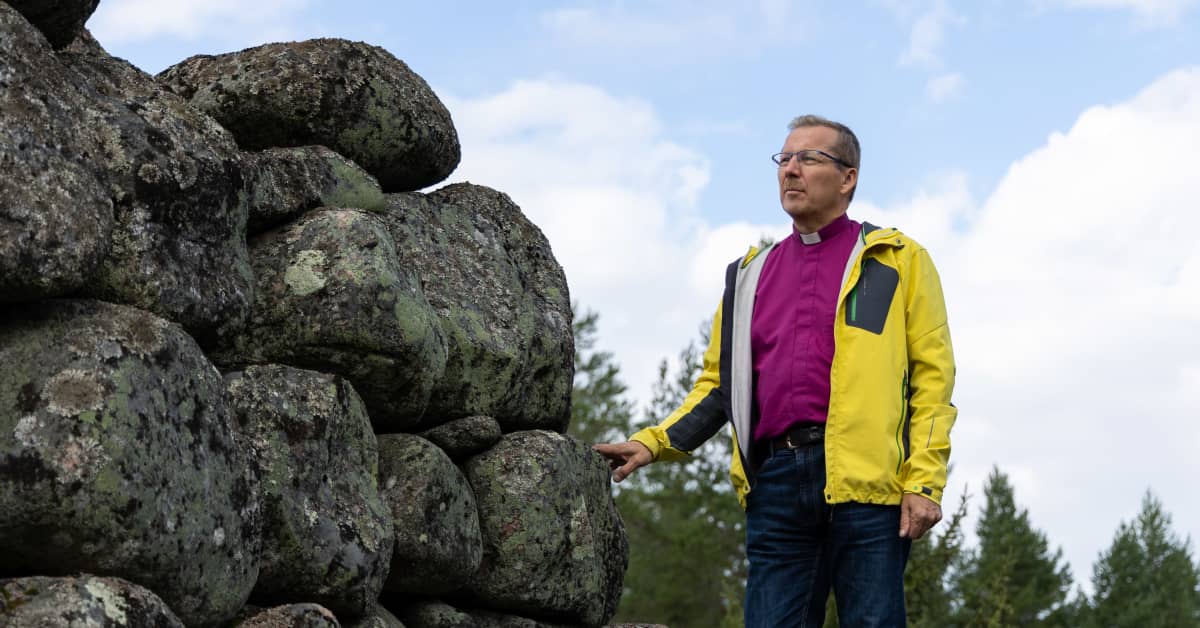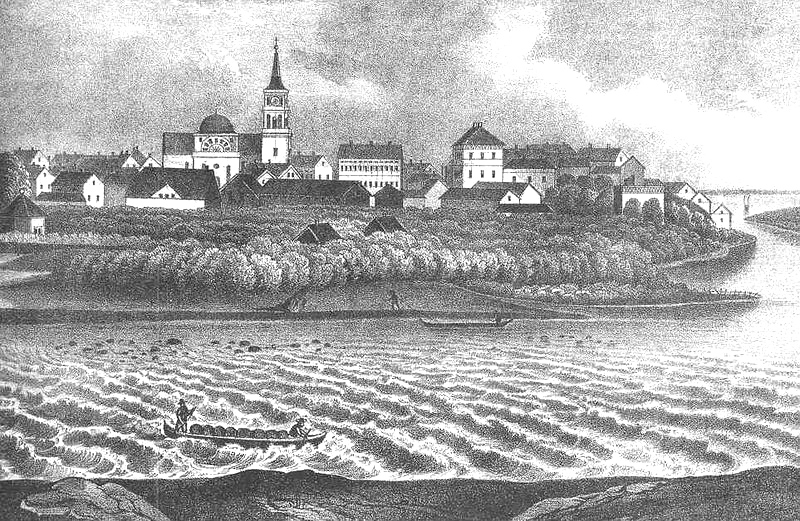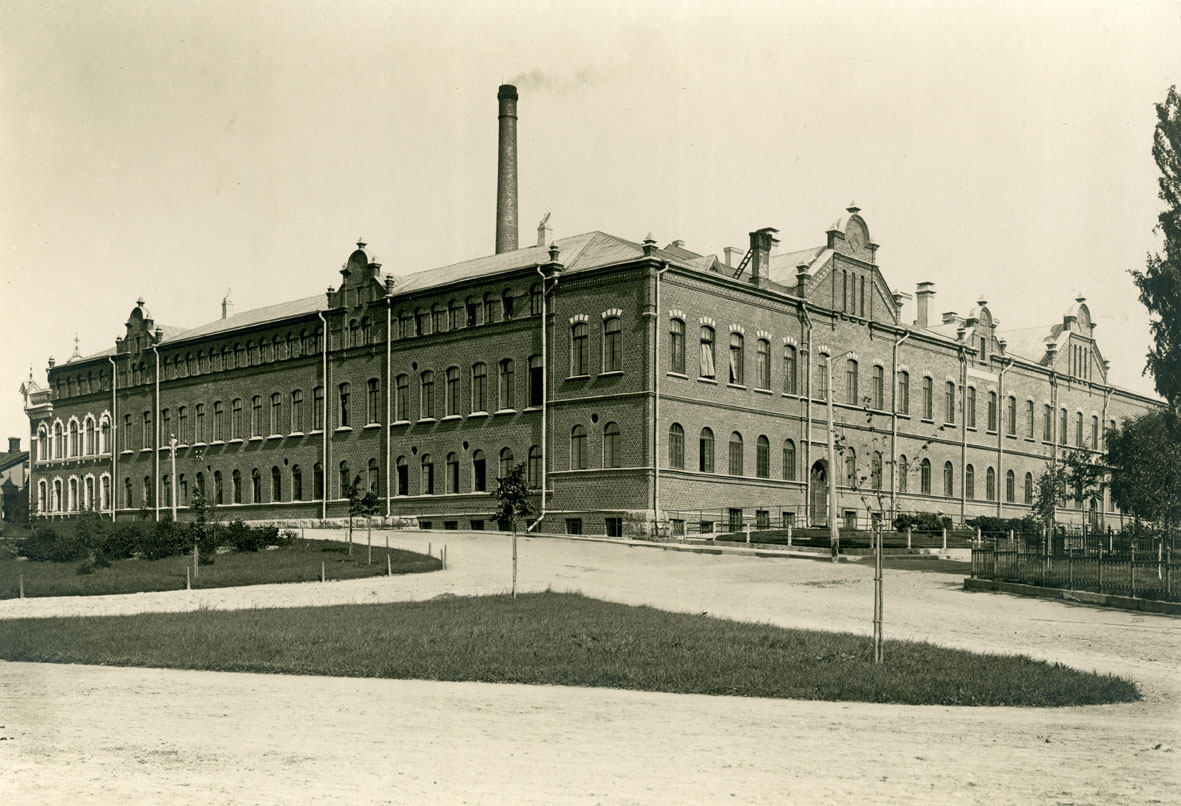Welcome everyone, today I’ll talk about the Scandinavian region. Part of it was the first maps we drew for Project Caesar back in early spring of 2020. Today we will look at all parts of the Scandinavian Peninsula (including Denmark & the Kola Peninsula). Greenland & Iceland will be looked at in a separate map talk.
Countries

Scandinavia has only five location based countries at the start of the game. Denmark, who is in a bit of a crisis at the moment and their vassal Schleswig is in the south. On the peninsula proper, we have Sweden and Norway who are in a union at the moment as they share the same King. Scania was sold off to Sweden by the Danes five years before the start of the game.
There is no need to show off a Dynasty map, as Denmark does not exactly have a ruling King at the moment, and the rest is ruled by Magnus IV of the Bjälbo Dynasty.
Locations





While Scandinavia has a lot of locations, we have to remember that this is a huge area, and together with Kola & Karelia, it is the same size as France, Spain, Portugal, Italy & Benelux together.. The size of locations are smaller in the south, particularly where the population was and still is relatively bigger.
Provinces

We have tried to follow historical traditional province borders here, but some ended up too big like Småland, Lappland or Österbotten, which were cut into pieces, and some are just too tiny to matter.
Now I wish I had time to write up a history about each province here, but I’ll just add a few fun tidbits.
Satakunta, which is the Finnish name, is named in Finnish like the old regions of Svitjod, which were divided into “hundreds”. It was also refered to Björneborgs län, named after Björneborg (Pori in Finnish), a town founded by Johan III when Ulfsby was no longer accessible from the sea. The regiment from the area was the last Swedish Army Regiment that has ever won a battle inside Sweden, and their military march is a song I think every Finnish Citizen want to play repeatedly on TV during the Olympics..
Småland, which is divided into Tiohärad and Kalmar Län here, should really be referred to as Småländerna, as there were 12 small countries there.. Compared to the 3 other much larger countries of Svealand, Östra Götaland and Västra Götaland. And now why is Östra Götaland not containing Kinda?
Topograhy

It's mostly flatland.. I went by the rule that if the peaks are less than 500 meters it's flatland, and you need to have over 1,000 meters and rather uneven to be a mountain. Norway is interesting there.. We do have a lot of impassable areas in Norway, making this one of the most fun parts to play in.
Vegetation

There are some farmlands in Denmark, Scania and in Götaland, but the rest is basically a big forest.. And up north it's even worse.
Climate

Yeah, well. There is a reason I moved to Spain..
Cultures

Most of the north east is still Sami, and the Finnish tribes have not unified into the more modern Finnish culture. We decided to call the modern Meänkieli with their more ancient name of Kven. We still have Gutnish on Gotland, but the Norwegian, Danish and Swedish cultures have been becoming more monolithic already.
Religions

The Finnish are mostly Catholic, but the Sami, Tavastian, Savonia, Bjarmian and Karelians are mostly still following their old pagan beliefs. There are still some Norse people in the forests of Dalarna and Västmanland..
Raw Materials

It is mostly lumber, fish, wild game, fur and iron. We of course have the famous copper mountain as well.
Markets

Scandinavia is divided by the rich markets of Lübeck and Riga. A strong Scandinavian country will probably want to set up their own unified market.
Population

Not many people live up in the north..



I liked nice round numbers as estimates, but the team I hired for content design are mad men, and wanted the distribution to feel more organic.. For the far north of Scandinavia we know that people were semi nomadic, and that some people lived there.. But if it was 100 there, or 250 there or 20 there it's just guesswork..
And let's end with a quote from the Greatest of Poets..
Jag vill, jag skall bli frisk, det får ej prutas,
Jag måste upp, om jag i graven låg.
Lyss, hör, ni hör kanonerna vid Jutas;
Där avgörs finska härens återtåg.
Next week Pavia is back with some German maps…
Countries

Scandinavia has only five location based countries at the start of the game. Denmark, who is in a bit of a crisis at the moment and their vassal Schleswig is in the south. On the peninsula proper, we have Sweden and Norway who are in a union at the moment as they share the same King. Scania was sold off to Sweden by the Danes five years before the start of the game.
There is no need to show off a Dynasty map, as Denmark does not exactly have a ruling King at the moment, and the rest is ruled by Magnus IV of the Bjälbo Dynasty.
Locations





While Scandinavia has a lot of locations, we have to remember that this is a huge area, and together with Kola & Karelia, it is the same size as France, Spain, Portugal, Italy & Benelux together.. The size of locations are smaller in the south, particularly where the population was and still is relatively bigger.
Provinces

We have tried to follow historical traditional province borders here, but some ended up too big like Småland, Lappland or Österbotten, which were cut into pieces, and some are just too tiny to matter.
Now I wish I had time to write up a history about each province here, but I’ll just add a few fun tidbits.
Satakunta, which is the Finnish name, is named in Finnish like the old regions of Svitjod, which were divided into “hundreds”. It was also refered to Björneborgs län, named after Björneborg (Pori in Finnish), a town founded by Johan III when Ulfsby was no longer accessible from the sea. The regiment from the area was the last Swedish Army Regiment that has ever won a battle inside Sweden, and their military march is a song I think every Finnish Citizen want to play repeatedly on TV during the Olympics..
Småland, which is divided into Tiohärad and Kalmar Län here, should really be referred to as Småländerna, as there were 12 small countries there.. Compared to the 3 other much larger countries of Svealand, Östra Götaland and Västra Götaland. And now why is Östra Götaland not containing Kinda?
Topograhy

It's mostly flatland.. I went by the rule that if the peaks are less than 500 meters it's flatland, and you need to have over 1,000 meters and rather uneven to be a mountain. Norway is interesting there.. We do have a lot of impassable areas in Norway, making this one of the most fun parts to play in.
Vegetation

There are some farmlands in Denmark, Scania and in Götaland, but the rest is basically a big forest.. And up north it's even worse.
Climate

Yeah, well. There is a reason I moved to Spain..
Cultures

Most of the north east is still Sami, and the Finnish tribes have not unified into the more modern Finnish culture. We decided to call the modern Meänkieli with their more ancient name of Kven. We still have Gutnish on Gotland, but the Norwegian, Danish and Swedish cultures have been becoming more monolithic already.
Religions

The Finnish are mostly Catholic, but the Sami, Tavastian, Savonia, Bjarmian and Karelians are mostly still following their old pagan beliefs. There are still some Norse people in the forests of Dalarna and Västmanland..
Raw Materials

It is mostly lumber, fish, wild game, fur and iron. We of course have the famous copper mountain as well.
Markets

Scandinavia is divided by the rich markets of Lübeck and Riga. A strong Scandinavian country will probably want to set up their own unified market.
Population

Not many people live up in the north..



I liked nice round numbers as estimates, but the team I hired for content design are mad men, and wanted the distribution to feel more organic.. For the far north of Scandinavia we know that people were semi nomadic, and that some people lived there.. But if it was 100 there, or 250 there or 20 there it's just guesswork..
And let's end with a quote from the Greatest of Poets..
Jag vill, jag skall bli frisk, det får ej prutas,
Jag måste upp, om jag i graven låg.
Lyss, hör, ni hör kanonerna vid Jutas;
Där avgörs finska härens återtåg.
Next week Pavia is back with some German maps…


























